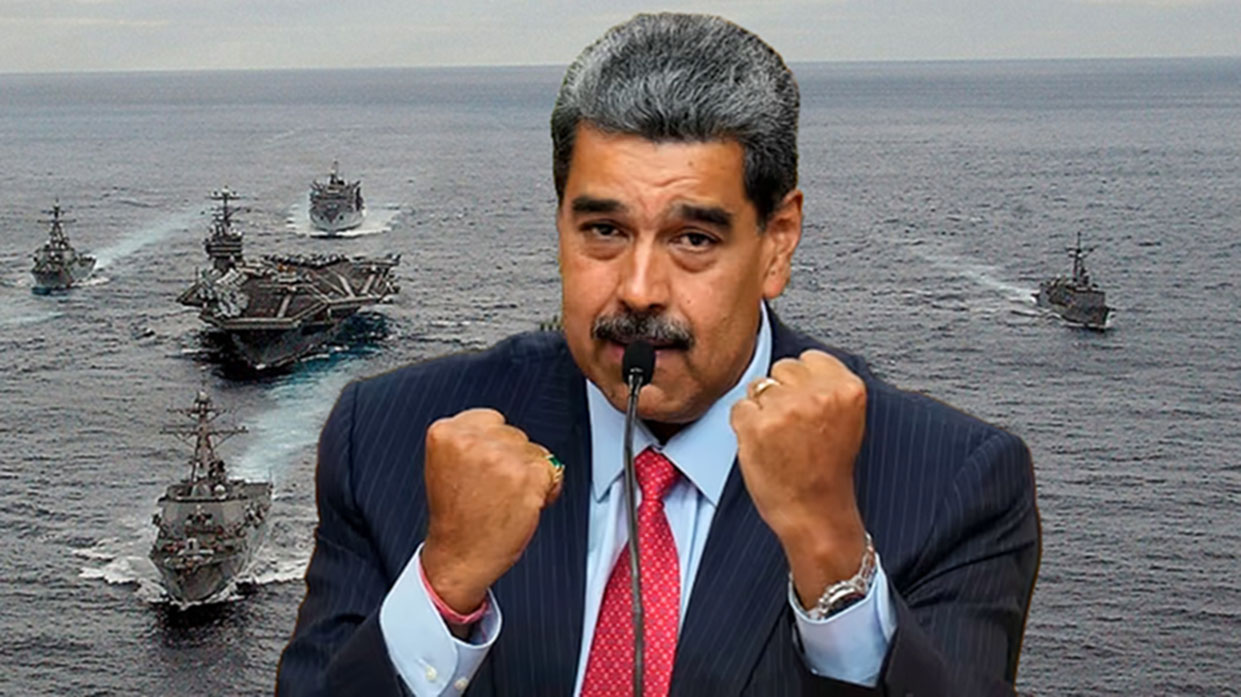When Earthquakes Test Deterrence Protocols
By 3 Narratives News | July 30, 2025
“We drill for missiles. We rarely drill for waves.”
— Lt. Cmdr. Masaru Okabe, Japan Self-Defence Forces, Hokkaido
As U.S. and Japanese officials finalize security cooperation agreements focused on nuclear deterrence and cyberwarfare, last week’s 8.8 magnitude quake near Russia offered a sobering reminder: not all threats are human.
Japan’s Self-Defence Forces, currently integrated with U.S. Pacific Command, pivoted seamlessly from military readiness exercises to tsunami response coordination. At Misawa Air Base, U.S. personnel joined Japanese forces in clearing evacuation zones and distributing supplies as alerts blanketed the northern coastline.
“It was an unspoken field test,” said a senior U.S. official familiar with the joint operation. “Without firing a shot, we tested how fast we could respond to a Pacific-wide emergency together.”
The Kuril quake became a proving ground for U.S.–Japan operational synchrony. But critics argue that the emphasis on ballistic missile defence leaves gaps in humanitarian disaster readiness, particularly for remote coastal populations.
An unnamed Japanese relief official added:
“Defence isn’t just about warheads. It’s about readiness. And sometimes, it’s tectonic plates that strike first.”
The quake’s aftershocks may settle, but for the U.S.–Japan alliance, it underscores a question now echoing across Tokyo and Washington:
Can we build a deterrent that also protects from the sea’s fury?



[…] previous coverage, we explored how seismic systems in Japan and the U.S. are tuned for this type of disaster. This […]
When Earthquakes Test Deterrence Protocols, this time around it wasn’t a big deal but in future. USA should come up with a better system.